Rome (Italy). On 8 December 2021, the 180th anniversary of the birth of the oratory in 1841 is celebrated in Salesian realities around the world, on the Solemnity of the Immaculate Conception of Mary .
In a conference in preparation for the Feast of the Immaculate Conception held on 6 December 2021 at the Community of Mary Help of Christians in the Generalate in Rome (RCG), Sr. Piera Cavaglià, former Secretary General of the Institute of the Daughters of Mary Help of Christians, recalls the origins of the oratory:
“All our greatest things had their beginning and their fulfillment on the day of the Immaculate Conception.” This is Don Bosco’s firm conviction and it also recalls Pope Francis’s invitation to the Chapter members on 22 October 2021, “Do not forget the grace of the origins, the humility and littleness of the beginnings that made God’s action transparent.”
If we retrace the steps of the journey of the Salesian Congregation and the Institute of the FMA, we note with amazement that we are indebted to Mary Immaculate for everything!
Her living presence, filial love for Her, can be considered the vital ‘womb’ in which our religious family was formed. In this Marian light, the first Salesians of Don Bosco, the first young people grew up in Turin-Valdocco, and the first FMA and the first girls grew up in Mornese.
We remember the educational and transforming effectiveness of the Marian groups, and in particular of the Association of the Daughters of Mary. They were a fertile ground for vocations: prayer, formation, the joy of being together and sharing, harmonized with an ardent apostolic zeal.
What strikes and fills with amazement is that this Marian climate intensifies over the years, renews itself in its forms, and amplifies until it becomes a ‘circle’ of light and filial love that embraces the world. The ‘Hail Mary’ that every year on 8 December, finds the whole Salesian Family united at 12 noon, is a sign of a family awareness, of a bond of love that cannot and is not intended to be interrupted.
December 8, 1841 is the date that, in the Memoirs of the Oratory, Don Bosco identifies as the “primordial of the oratory which, blessed by the Lord, took that growth, which I certainly could not have imagined at the time.”
In the young Bartolomeo Garelli, whose historical and personal origin has not been identified as yet, all young people without boundaries of space and time are depicted. And in that meeting which did not happen by chance on the feast of the Immaculate Conception, there is the ‘earthly and heavenly’ origin of the oratory. Don Bosco refers that beginning to a Mother who will never cease to inspire, accompany, protect his work.
Fr. Lemoyne writes that the feast of the Immaculate Conception became Don Bosco’s favorite feast. He said with complete certainty, “Mary was always my guide” (Cf. MB V 152).
In Valdocco and Mornese there was a filial love for Mary Immaculate which pervaded every aspect of community and pastoral life. It is almost natural that associations, commitment groups, Pious Unions, Societies would arise in this atmosphere. The Society of the Immaculate Conception was founded in Valdocco on 8 June 1856. In Mornese; the first draft of the regulation of the Pious Union of the Daughters of the Immaculate is from 1853. The official beginning of the Pious Union, to which Mary Domenica Mazzarello belongs, is on 9 December 1855. In the room in which they would gather there was the painting donated by Fr. Pestarino depicting the Immaculate Conception with St. Teresa and St. Angela Merici.
The two Associations have similar characteristics: they are founded by young people and they themselves draw up the Regulations; the founding core of the Association is intense and affectionate love for Mary Immaculate and the Eucharist; they are experiences of formation and deep, simple, constructive spiritual friendship; they are marked by an intense missionary spirit, in a harmony between prayer and apostolic activity, and by concreteness in the spiritual commitment that is expressed in fidelity to daily duties.
In Mary this long millennial pedagogy of grace is fulfilled. In her there is the synthesis of a journey where on the one hand everything is pure gratuitousness and on the other, a free and responsible response to the gift.
Celebrating Mary Immaculate is, for the FMA, for the young women entrusted to them, and for the Educating Communities of the whole world, celebrating the beauty of a charism born from the heart of God and of Mary Immaculate Help of Christians, to continue to express her vitality today. Mary is the Presence that accompanies the growth of young people and, through the work of the Holy Spirit, makes holiness flourish in the hearts of people and in the environment.



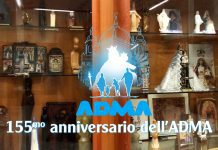
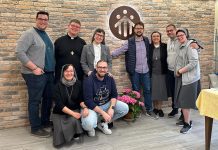
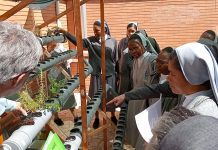
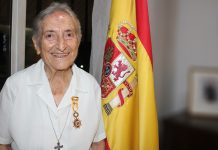



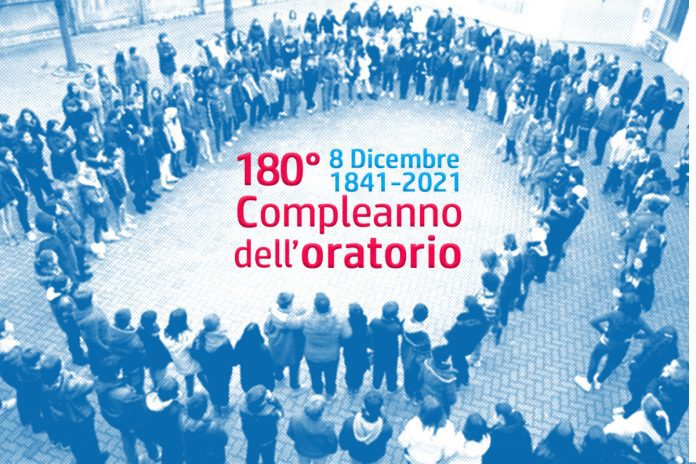




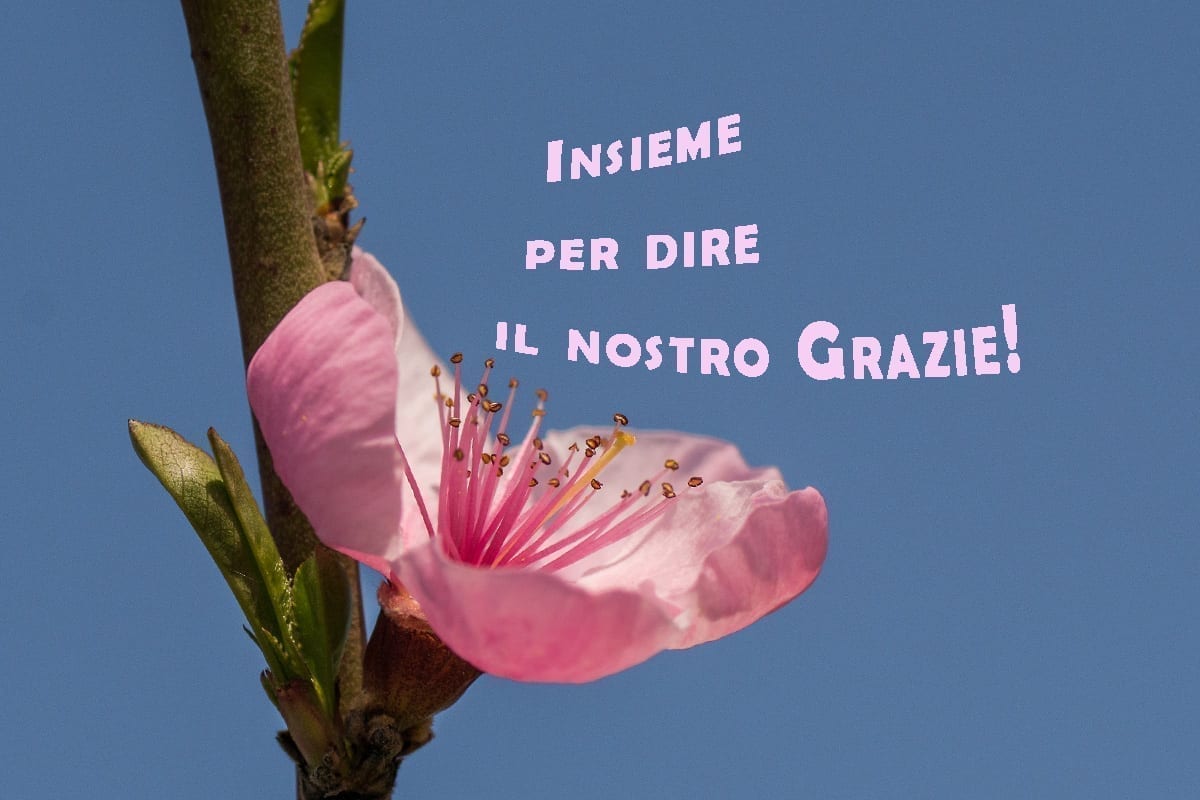





Buona festa per tutte noi!
Ho imparato da piccola il significato dell’oratorio con le suore della mia città, ringrazio loro per l’eredidà carismatica😊❤🙏